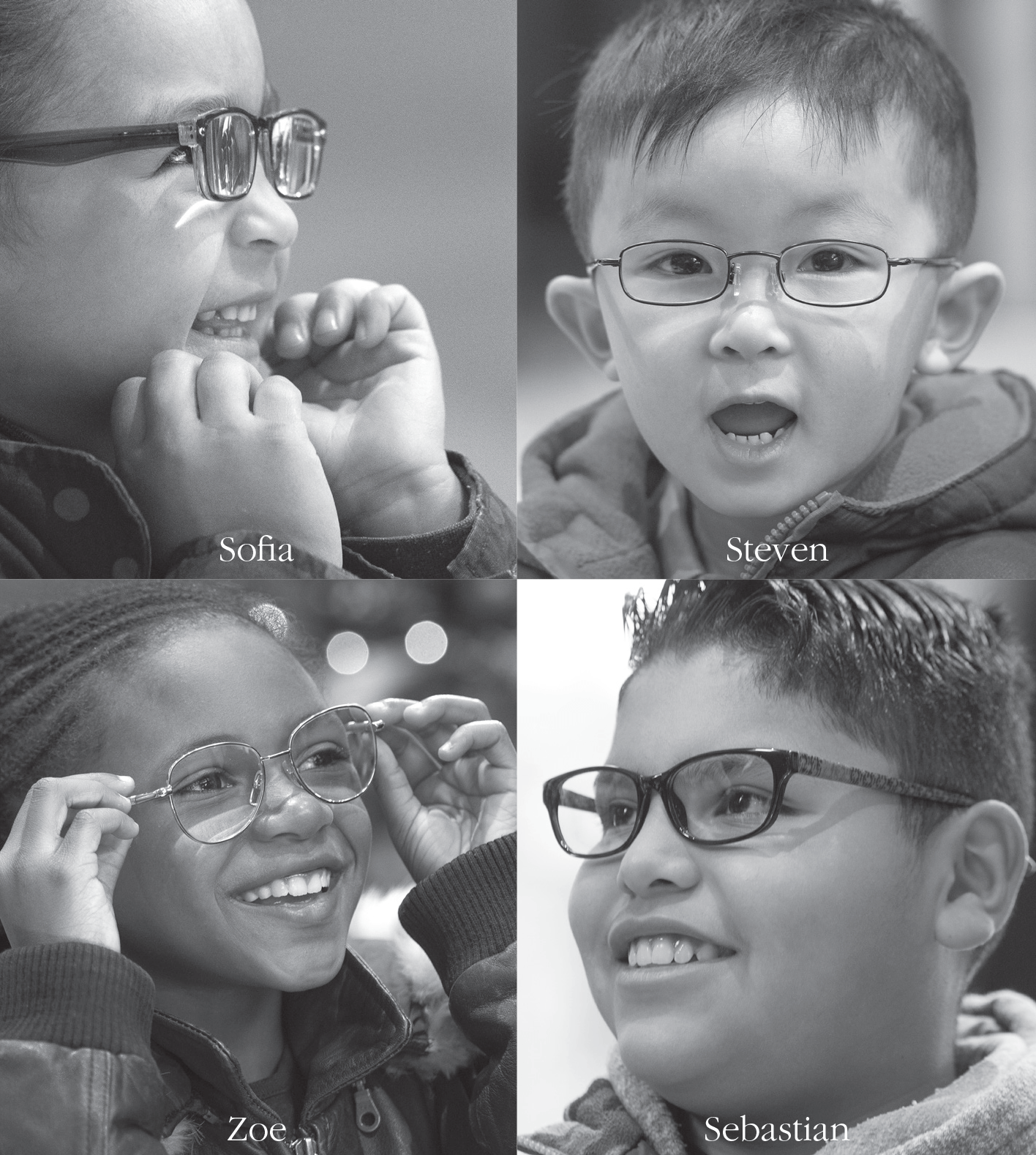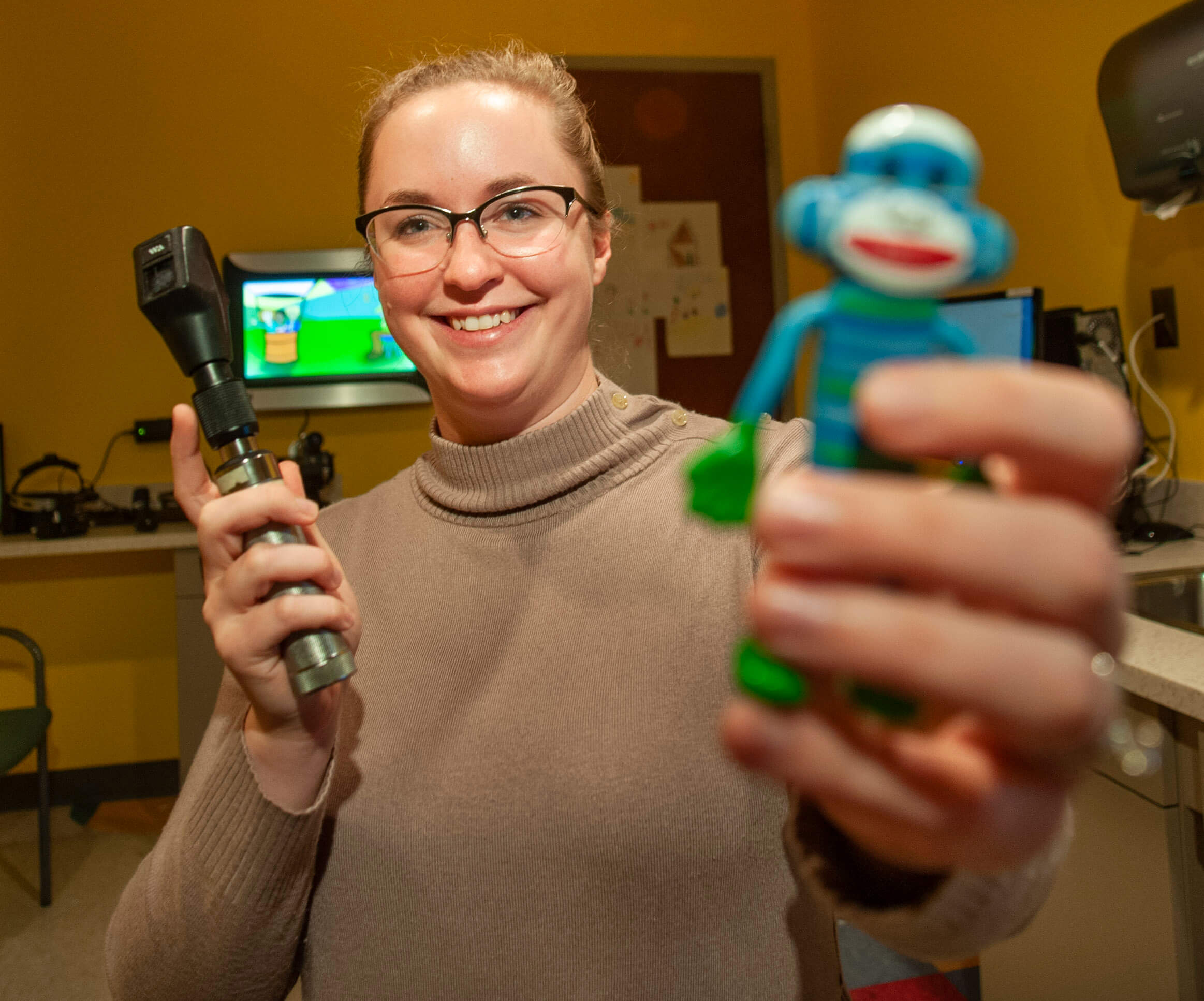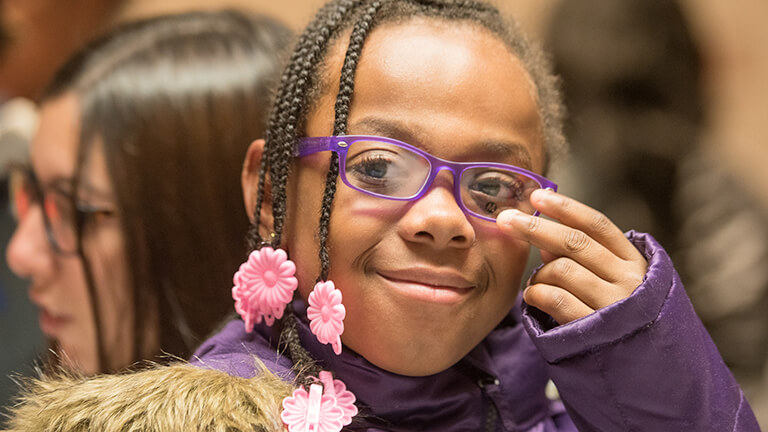Eyeglasses for Refractive Error
Nearly 20 percent of children develop refractive errors that require the use of glasses before late adolescence.
Call Us: 215-928-3240
Nearly 20 percent of children develop refractive errors that require the use of glasses before late adolescence.
Call Us: 215-928-3240
Refractive errors are present when the optical image does not accurately focus on the retina. There are three types:
Myopia (nearsightedness) – Images are focused in front of the retina resulting in blurry distance vision.
Hyperopia (farsightedness) – Images are focused behind the retina resulting in greater effort exerted to focus on images both far away and near.
Astigmatism – Abnormal curvature of the cornea (outer, clear part of the eye) or lens that creates multiple focus points in front of or behind the retina. This results in blurry distance and near vision, with distortion of images along the axis of curvature.


TREATMENT: Small refractive errors often do not require treatment. The threshold for when a child should be corrected depends upon the severity of the refractive error, age of the child, caretaker's preference, and other factors. Symptomatic refractive errors, even if small, should be treated. If there is concern for proper visual development, glasses are given.
PREVENTION: Routine screening vision examinations in childhood through the pediatrician or school are recommended to identify children with blurred vision.

